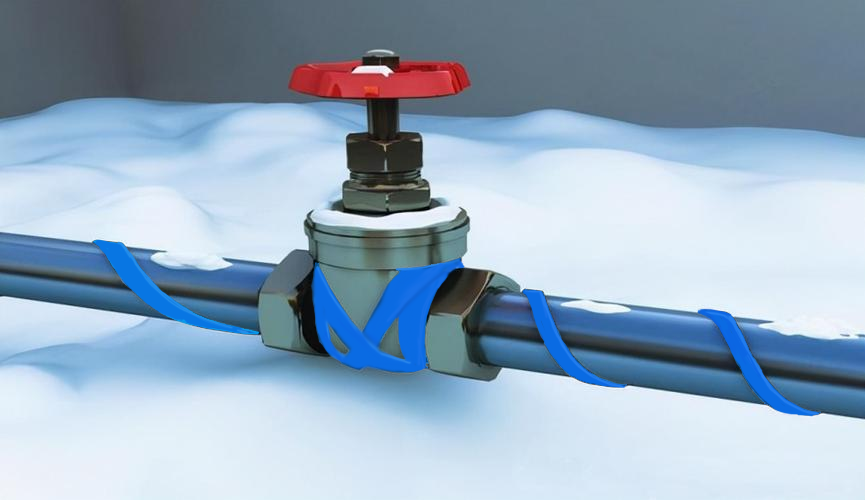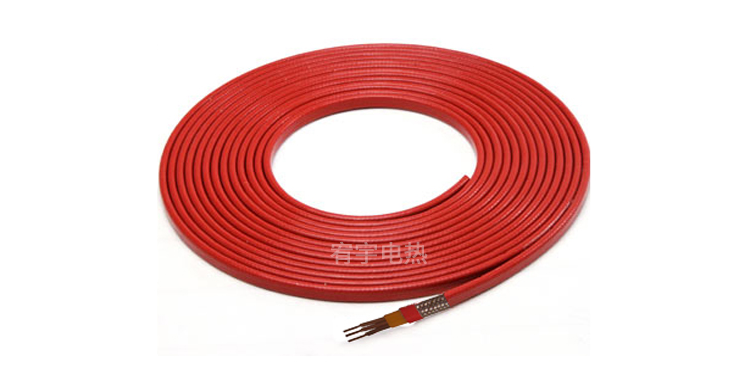Constant power electric heating cable refers to the electric accompanying tropical in the energized, the power output has been constant, will not change with the external environment, thermal insulation materials, accompanying the material changes, and its power output or stop usually by the temperature sensor to control. Constant power electric heating cable can be divided into series constant power electric heating cable and parallel constant power electric heating cable of two kinds, but the two kinds of electric heating cable and what is the difference between them?
1、Structure: The structure of series constant power electric heating cable is that its resistance wire is connected in series, and when it works, it relies on the heat of resistance wire to heat the pipeline; and the structure of parallel constant power electric heating cable is that its resistance wire is connected in parallel, and when it works, it relies on the heat of resistance wire to heat the pipeline.

2、Principle:series constant power electric heating cable tape is made of insulated copper stranded wire for power bus, that is, for the heat core wire. Has certain internal resistance of the core line through the current core line will produce joule heat, its size and current square, core line resistance and through the time is proportional. Therefore, the series connection type electric accompanies the heat tape with the continuation of the time of energization, the source of heat, forming a continuous, uniform heating electric accompanies the heat tape. Series electric accompanied by the tropical core line current is the same, resistance is equal, so the whole electric accompanied by the tropical first and last heat uniformity, its output power is not affected by the ambient temperature and pipeline temperature constant;


